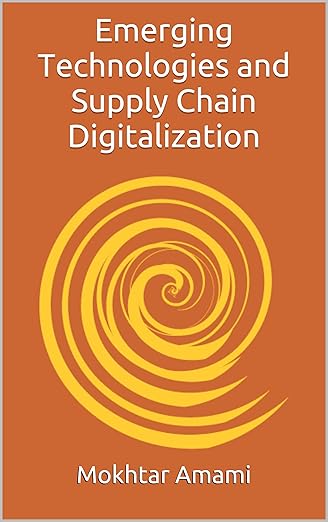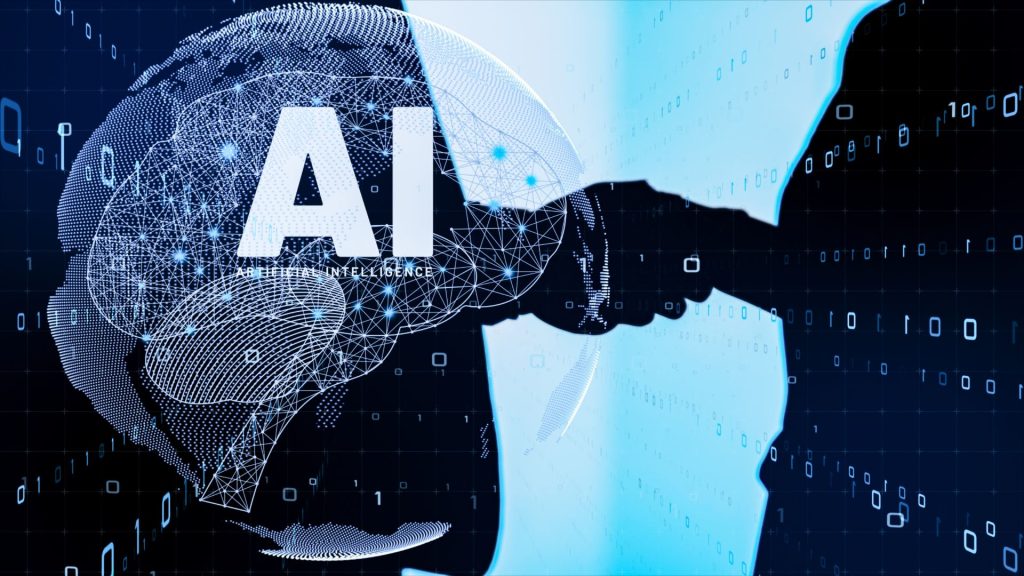In an era where artificial intelligence (AI) permeates every link of the supply chain, it’s tempting to think machines can do it all, even foster trust and collaboration. But here’s the truth: machines cannot create trust or initiate genuine collaboration. These are inherently human qualities, born out of relationships, empathy, and shared experiences. However, what machines, especially agentic AI can maintain and nurture these essential elements once they exist.
This idea is eloquently discussed in Emerging Technologies and Supply Chain Digitalization by Mokhtar Amami, a valuable resource for understanding the interplay between technology and human factors in modern supply chains. Amami explores how digital technologies can reinforce partnerships and enhance visibility, but also warns against assuming machines can replicate human trust-building processes.

Trust is Human, but Machines Can Uphold It
Trust is built over time through negotiations, shared risks, transparent communication, and emotional intelligence. AI, no matter how advanced, cannot replace this. However, once trust is established, agentic AI, which is AI systems capable of autonomous decision-making aligned with human goals, can take over routine tasks that maintain the trusted relationship.
For example, in supplier relationship management:
- AI can ensure transparency by providing real-time data across partners.
- It can automate communication flows to prevent information silos.
- AI can track performance metrics, alerting stakeholders to potential breaches of trust, such as late shipments or quality issues.
These capabilities nurture existing trust by reinforcing reliability, consistency, and shared accountability which are key pillars of collaboration.
What is Agentic AI in Supply Chains?
Agentic AI refers to artificial intelligence systems with a degree of autonomy and goal orientation. In the supply chain, this can look like:
- An AI that dynamically reroutes shipments in response to real-time disruptions.
- Systems that negotiate procurement contracts within predefined ethical and cost parameters.
- Forecasting engines that learn from past behavior to optimize future planning.
These systems do not initiate collaboration, but they extend the reach and stability of collaborative frameworks by ensuring adherence to agreed norms and proactively solving problems.

From Collaboration to Co-Evolution
Collaboration in supply chains used to rely on spreadsheets, emails, and occasional phone calls. Now, with the help of agentic AI, companies can move from reactive coordination to proactive co-evolution. This means:
- Shared forecasting models that adapt to market shifts in real time.
- Joint inventory visibility systems that reduce bullwhip effects.
- Machine-driven risk simulations that inform joint contingency planning.
Yet, the human element remains crucial. Agentic AI only enhances collaboration when it is aligned with shared human intent and governance structures. Without trust already in place, machine interventions can be seen as intrusive or opaque.
Final Thoughts
To wrap up: Machines can’t foster collaboration and trust, but they can maintain and nurture it. Agentic AI, when properly integrated, can amplify human partnerships rather than replace them. The key lies in designing AI systems that are transparent, accountable, and supportive of human decision-making.
If you’re interested in diving deeper into this topic, Mokhtar Amami’s book, Emerging Technologies and Supply Chain Digitalization, provides a thorough examination of how digital tools are reshaping relationships across the supply chain. It’s a must-read for professionals navigating the complexities of trust and technology.
Please share your thoughts, how do you approach this topic?

1 thought on “Why Machines Can’t Foster Trust but Can Sustain It: Agentic AI and Supply Chain Collaboration”